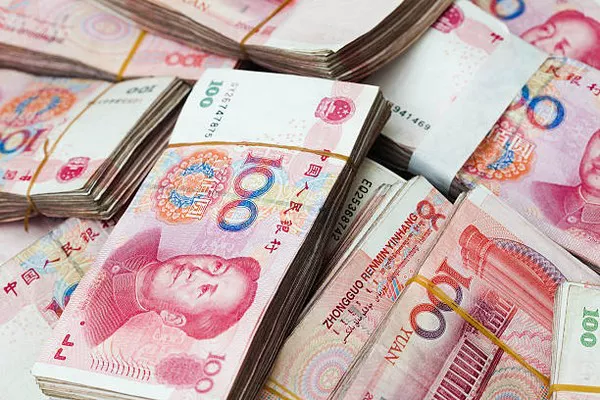In recent years, there has been a growing interest and speculation surrounding China’s use of its currency, the yuan, in international trade, particularly in the context of oil transactions. As the world’s largest importer of oil, China’s approach to payments for this crucial commodity has significant implications for global financial dynamics. This article aims to explore the question: Does China pay for oil in yuan?
Historical Context:
Traditionally, the U.S. dollar has been the dominant currency for international trade, including oil transactions. The petrodollar system, established in the 1970s, solidified the dollar’s role as the preferred currency for oil purchases. However, in recent years, China has been challenging this status quo by promoting the use of its currency, the yuan, in international trade, including oil transactions.
Yuan-denominated Oil Contracts:
One significant development in China’s pursuit of internationalizing the yuan is the introduction of yuan-denominated oil contracts. In March 2018, the Shanghai International Energy Exchange (INE) launched crude oil futures contracts priced in yuan, challenging the traditional benchmark pricing set by contracts denominated in U.S. dollars. This move marked a significant step towards establishing the yuan as a credible alternative in the global oil market.
While the yuan-denominated oil contracts gained attention, it’s essential to note that the majority of international oil transactions are still conducted in U.S. dollars. However, the existence of yuan-denominated contracts provides an option for countries seeking to diversify their currency reserves and reduce dependence on the dollar.
Bilateral Agreements and Currency Swaps:
China has actively pursued bilateral agreements and currency swaps to facilitate trade in yuan. These agreements enable countries to conduct transactions using their respective currencies, bypassing the need for U.S. dollars. This approach aligns with China’s broader strategy to reduce its exposure to the fluctuations of the dollar and increase the international use of the yuan.
Several countries, including Russia and Iran, have entered into agreements with China to settle energy transactions in yuan. These bilateral arrangements contribute to the gradual acceptance of the yuan as a medium of exchange in the global energy market. However, it is important to note that the extent of these agreements varies, and the U.S. dollar remains dominant in many international transactions.
Impact on Global Financial Dynamics:
The increasing use of the yuan in oil transactions has the potential to reshape global financial dynamics. A shift away from the petrodollar system could weaken the influence of the U.S. dollar in international trade and finance. This, in turn, could impact the United States’ ability to maintain its current account deficit and influence global economic policies.
Moreover, as China continues to assert itself as a major player in the global economy, the yuan’s internationalization could strengthen its position as a reserve currency. This shift may prompt other countries to diversify their foreign exchange reserves, reducing their dependence on the U.S. dollar.
Challenges and Obstacles:
Despite the progress made by China in promoting the use of the yuan in international trade, several challenges and obstacles remain. Concerns about the stability of the Chinese financial system, capital controls, and the lack of complete convertibility of the yuan are factors that limit its widespread adoption.
Additionally, geopolitical tensions and trade disputes can influence the willingness of countries to engage in yuan-denominated transactions. The uncertainty surrounding China’s economic policies and regulatory environment may also deter some nations from fully embracing the yuan as a settlement currency.
See Also What Backs The Chinese Currency?
Conclusion:
While China has taken significant steps towards promoting the use of the yuan in international trade, including oil transactions, the shift away from the U.S. dollar dominance is a gradual process. The existence of yuan-denominated oil contracts, bilateral agreements, and currency swaps contribute to the increasing acceptance of the yuan in the global market. However, the challenges and obstacles suggest that a complete transition away from the petrodollar system is not imminent.
The dynamics of oil payments and the role of the yuan in international trade will continue to evolve, shaped by geopolitical, economic, and regulatory factors. As China’s influence in the global economy grows, so too will the impact of its currency on the international financial landscape. The question of whether China pays for oil in yuan is part of a broader narrative that underscores the ongoing transformation in the dynamics of global finance.


